Non-Musculoskeletal Conditions
(Including adults; see Pediatrics for children)
Dysmenorrhea
- A 2018 randomized controlled trial compared neuromuscular therapy (NMT) with pharmacology therapy (PT) for women with primary dysmenorrhea. Both therapies had significant short-term analgesic effects but NMT had a longer-lasting effect on pain.1
- A 2018 randomized controlled trial compared connective tissue manipulation (CTM) with an advice-only control group. The CTM group showed statistically significant improvement in short-term pain, disability and medication use.2
- A 2017 systematic review assessed the evidence for the efficacy of manipulative therapy in women with primary dysmenorrhea. The studies included were of moderate methodological quality. Manipulative therapy showed evidence of pain reduction in primary dysmenorrhea.3
Asthma
A 2018 randomized controlled trial compared the efficacy of inspiratory muscle training alone to inspiratory muscle training plus manual therapy and therapeutic exercise for patients with asthma. The inspiratory muscle training combined with a manual therapy and therapeutic exercise program was more effective for producing short-term maximum inspiratory pressure and forward head posture improvements in patients with asthma.4
Cervicogenic Vertigo
- A 2017 clinical trial evaluated the effectiveness of a multimodal approach to the management of cervical vertigo. Patients had vertigo and myofascial pain syndrome of the neck and shoulder area. The multimodal approach using manual therapy in combination with acupuncture and vestibular rehabilitation showed the maximum therapeutic effect on vertigo and postural instability.5
Effects of Musculoskeletal Conditions on Chronic Non-MSK Conditions
- A 2018 systematic review of cohort studies investigated whether the most common musculoskeletal conditions, namely neck or back pain or osteoarthritis of the knee or hip, contribute to the development of chronic disease—specifically, diabetes, cardiovascular disease and cancer. Pooled adjusted estimates from the 10 included studies showed that people with a musculoskeletal condition have a 17% increase in the rate of developing a chronic disease compared to people without.6
References
- Barassi G, Bellomo RG, Porreca A, Di Felice PA, Prosperi L, Saggini R. Somato-visceral effects in the treatment of dysmenorrhea: neuromuscular manual therapy and standard pharmacological treatment. J Altern Complemen Med. 2018;24(3):291-299.
- Ozgul S, Uzelpasaci E, Orhan C, Baran E, Beksac MS, Akbayrak T. Short-term effects of connective tissue manipulation in women with primary dysmenorrhea: A randomized controlled trial. Complemen Ther Clin Practice. 2018;33:1-6.
- Abaraogu UO, Igwe SE, Tabansi-Ochiogu CS, Duru DO. A systematic review and meta-analysis of the efficacy of manipulative therapy in women with primary dysmenorrhea. Explore. 2017;13(6):386-392.
- Lopez-de-Uralde-Villanueva I, Candelas-Fernandez P, de-Diego-Cano B, Minguez-Calzada O, Del Corral T. The effectiveness of combining inspiratory muscle training with manual therapy and a therapeutic exercise program on maximum inspiratory pressure in adults with asthma: a randomized clinical trial. Clin Rehabil. 2018;32(6):752-765.
- Jaroshevskyi OA, Payenok OS, Logvinenko AV. Evalution of the effectiveness of multimodal approach to the management of cervical vertigo. Wiad Lek. 2017;70(3 pt 2):571-573.
- Williams A, Kamper SJ, Wiggers JH, et al. Musculoskeletal conditions may increase the risk of chronic disease: a systematic review and meta-analysis of cohort studies. BMC Med. 2018;16(1):167. FREE FULL TEXT

